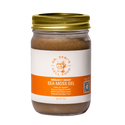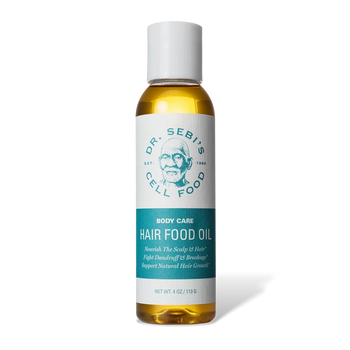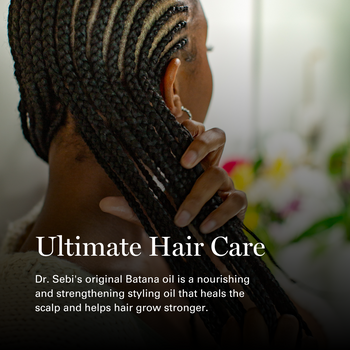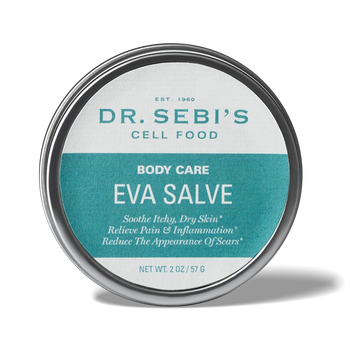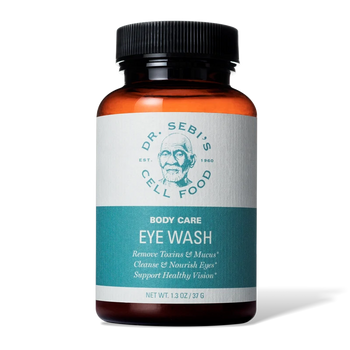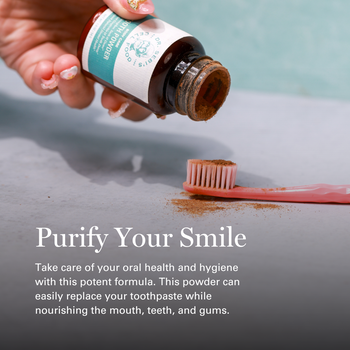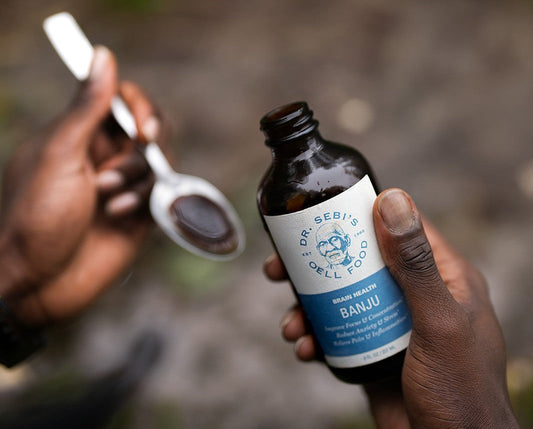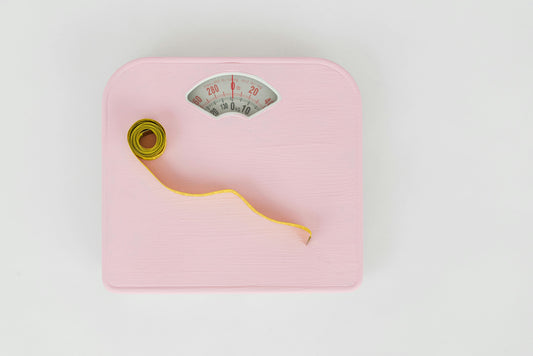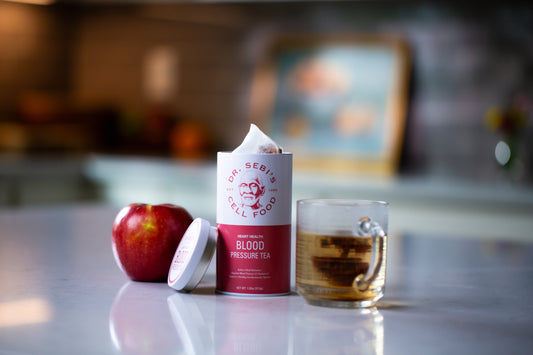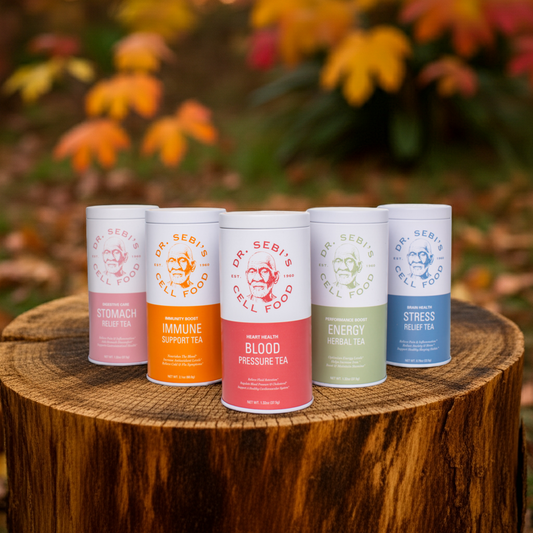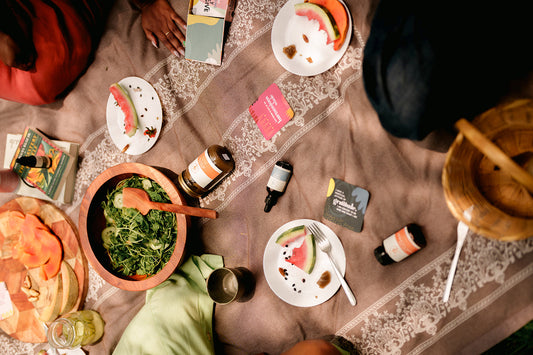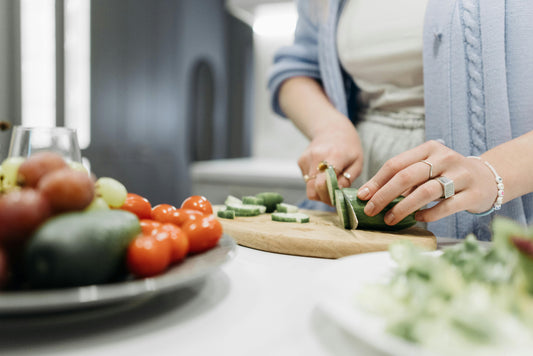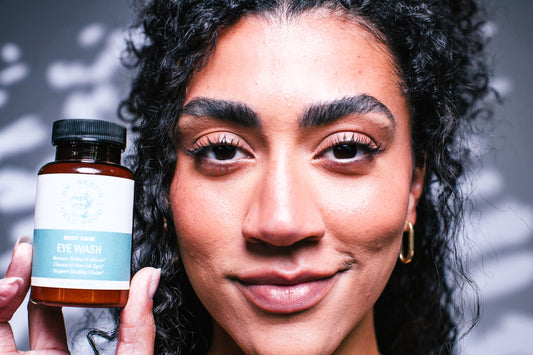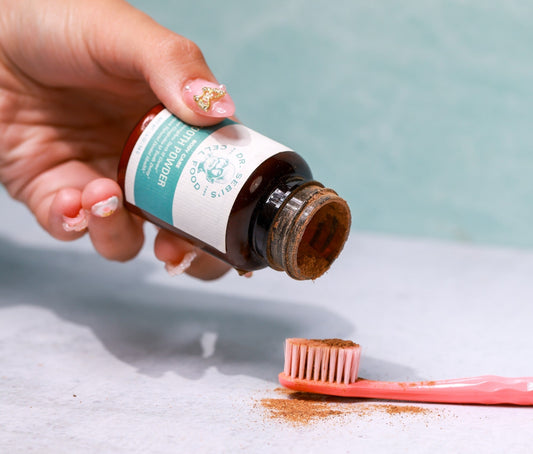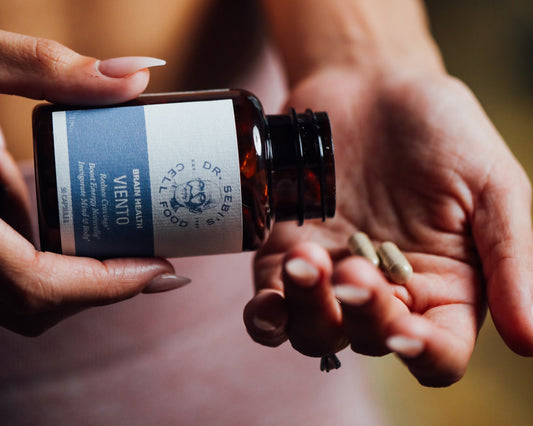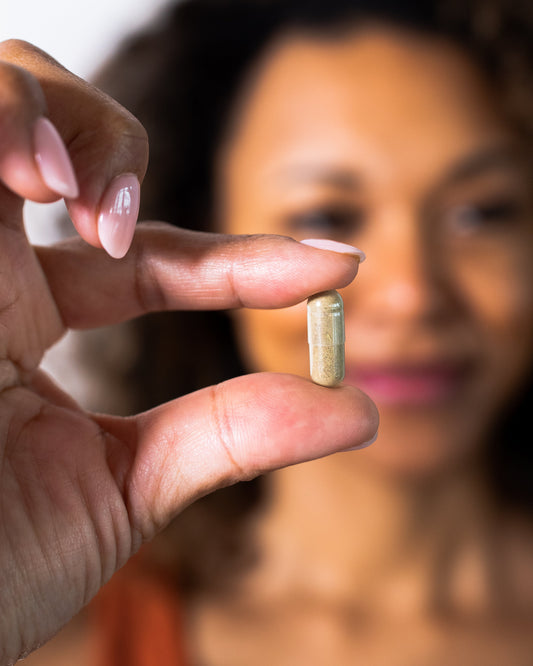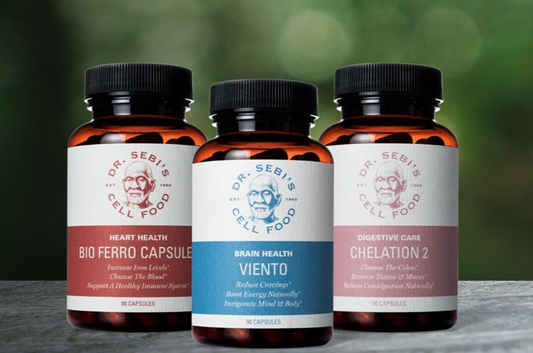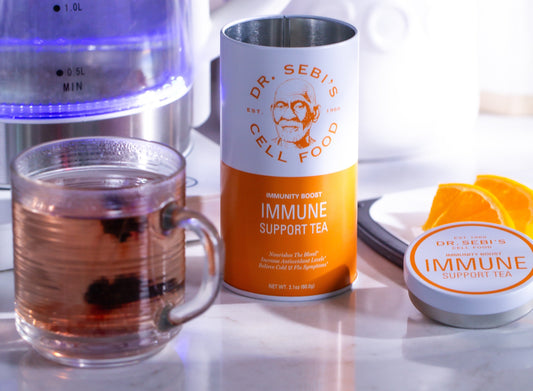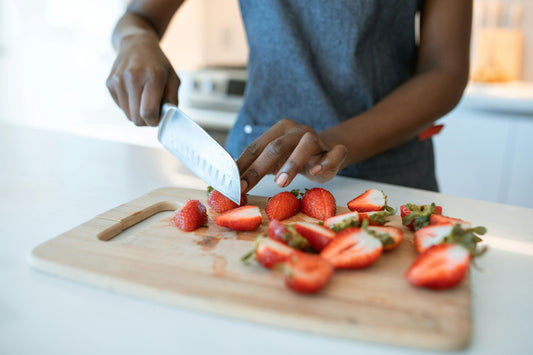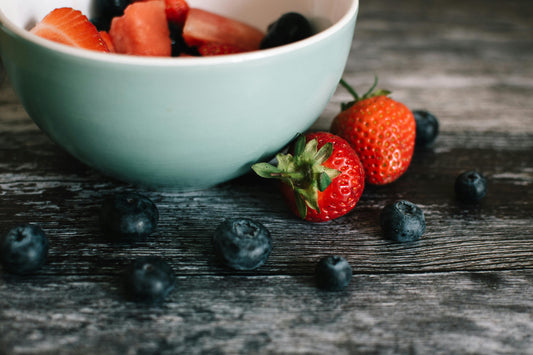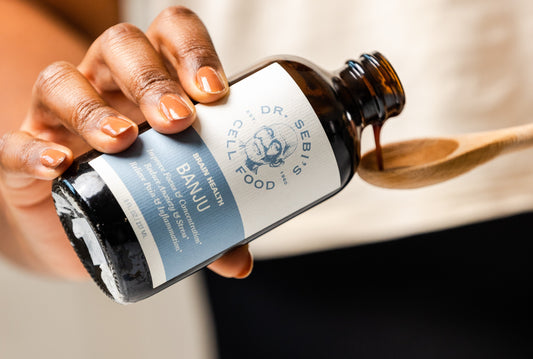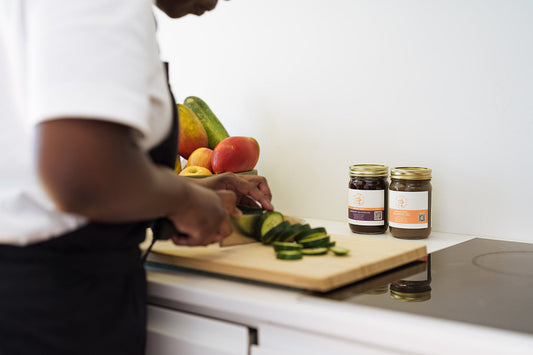As we age, our skin tells the story of how we’ve lived—our nourishment, rest, stress, and exposure to the elements. But premature aging, dullness, and inflammation are not inevitable. Radiant skin begins in the blood, not the beauty cabinet. When the bloodstream is clean, mineral-rich, and alkaline, the skin naturally glows, renews, and resists damage.
Modern skincare often focuses on topical products and chemical exfoliants, but true rejuvenation comes from within. The foods and herbs we eat shape the body’s internal chemistry—and the skin is one of the first places that chemistry is revealed.
This article explores how alkaline, plant-based foods nourish the skin at the cellular level, slow visible aging, and maintain elasticity and hydration—naturally.
The Skin as a Mirror of Internal Health
The skin is the body’s largest organ, constantly regenerating itself. Every 28–35 days, new skin cells rise to the surface. For this renewal to happen properly, the blood must deliver oxygen, minerals, and antioxidants to the dermis (the deep layer where collagen and elastin live).
When the bloodstream becomes acidic or congested with mucus, circulation slows, and toxins surface through the skin. This can manifest as:
-
Dryness or rough texture
-
Uneven tone and hyperpigmentation
-
Premature wrinkles
-
Acne or eczema
-
Loss of elasticity
An alkaline diet reverses this process by restoring the bloodstream’s natural balance. Minerals like iron, copper, zinc, and silica act as construction materials for collagen and elastin, while antioxidants from living foods shield the skin from oxidative stress.
How Acidity Accelerates Aging
Acidity is not just a matter of diet—it’s a result of lifestyle. Processed foods, refined sugar, stress, poor sleep, and dehydration all increase acid waste in the body.
Excess acid:
-
Depletes minerals needed for cell repair.
-
Triggers inflammation, damaging collagen fibers.
-
Reduces hydration, making the skin dull and thin.
-
Impairs circulation, starving cells of oxygen.
Over time, this internal imbalance leads to visible aging. The alkaline approach counters acidity by cleansing the blood, neutralizing waste, and restoring the mineral equilibrium that the skin depends on.
How Alkaline Foods Support Youthful Skin
1. Replenishing Essential Minerals
Alkaline foods supply minerals that directly influence skin structure:
-
Iron improves circulation, ensuring oxygen delivery to skin cells.
-
Copper aids in collagen and melanin production.
-
Zinc supports tissue repair and reduces inflammation.
-
Silica maintains firmness and elasticity.
-
Magnesium balances hydration and soothes the nervous system, reducing stress-related breakouts.
2. Boosting Antioxidant Defense
Plant-based antioxidants neutralize free radicals—unstable molecules that damage DNA and collagen. Wild blueberries, seeded grapes, and elderberries are particularly effective because of their anthocyanins, which give them their deep color.
3. Supporting Detoxification
The liver and lymphatic system eliminate waste that otherwise exits through the skin. Herbs like burdock root, dandelion, and sarsaparilla cleanse these systems, reducing congestion and promoting a clear complexion.
4. Enhancing Hydration and Cellular Renewal
Alkaline foods like cucumber, avocado, and sea moss deliver natural electrolytes and fatty acids that hydrate from within. Proper hydration plumps the skin and supports the lipid barrier that keeps moisture locked in.
The Best Alkaline Foods for Healthy, Youthful Skin
Sea Moss (Chondrus crispus)
Rich in over 90 minerals, sea moss provides the raw materials the skin needs to regenerate.
Benefits:
-
Promotes collagen synthesis with sulfur and zinc.
-
Strengthens skin elasticity and hydration.
-
Helps reduce inflammation and acne.
Use: Add 1–2 tbsp of sea moss gel to smoothies or herbal teas daily.
Burdock Root (Arctium lappa)
Known as a premier skin herb in Dr. Sebi’s healing system.
Benefits:
-
Purifies the blood by removing toxins that cause breakouts or dullness.
-
Enhances microcirculation to the skin surface.
-
Supports lymphatic drainage and liver health.
Use: Simmer the root into tea or combine with sarsaparilla and dandelion.
Dandelion Greens and Root
A gentle liver and skin tonic.
Benefits:
-
Flushes excess water, reducing puffiness.
-
Supports detoxification for even skin tone.
-
Provides calcium, magnesium, and potassium.
Use: Brew tea or add young leaves to salads or smoothies.
Avocado
A rich source of natural fats, potassium, and vitamin E.
Benefits:
-
Moisturizes skin internally and externally.
-
Provides fatty acids for the skin barrier.
-
Supports hormone balance related to skin oil production.
Use: Eat ripe avocado daily or mash into a topical face mask along with sea moss gel.
Cucumber
One of the most hydrating alkaline foods.
Benefits:
-
High in silica and water, supporting collagen structure.
-
Soothes inflammation and pH balance.
-
Promotes kidney detox to keep skin clear.
Use: Add slices to water or blend into a juice with lime.
Amaranth Greens & Kale
These greens provide plant iron and chlorophyll for oxygenation.
Benefits:
-
Rebuild red blood cells for brighter complexion.
-
Neutralize acid waste and support detoxification.
-
Supply vitamin A and magnesium for elasticity.
Use: Lightly steam or blend with cucumber and berries.
Seeded Grapes and Berries
High in polyphenols and resveratrol.
Benefits:
-
Protect collagen from oxidation.
-
Promote microcirculation in capillaries.
-
Reduce inflammation and puffiness.
Use: Snack daily or add to smoothies.
Squash and Quinoa
Complex alkaline carbohydrates that balance blood sugar.
Benefits:
-
Prevent glycation (sugar damage) that ages skin.
-
Provide beta-carotene and amino acids for repair.
Use: Roast squash with avocado oil; pair with quinoa for a mineral-rich meal.
Herbal Support for Skin Renewal
-
Sarsaparilla: Iron-rich blood purifier.
-
Elderberry: Potent antioxidant for protection.
-
Tila (Linden Flower): Reduces stress that triggers breakouts.
-
Chamomile: Calms skin irritation and promotes restful sleep.
-
Nettle: Silica and chlorophyll source for firmness.
The Role of Hydration in Skin Aging
Hydration is not just about water intake—it’s about how well the body absorbs and holds that water. Acidic diets strip electrolytes and disrupt osmotic balance, causing skin dehydration.
To truly hydrate the skin:
-
Drink spring water or water infused with cucumber and key lime.
-
Eat hydrating foods like mango, papaya, and leafy greens.
-
Include sea moss and avocado for mineral-bound moisture retention.
When cells are hydrated, the skin appears plumper, lines soften, and light reflects more evenly across the surface.
How Stress and Sleep Affect Skin Aging
The nervous system is directly tied to skin repair. Chronic stress floods the body with cortisol, which breaks down collagen and slows healing.
To support relaxation:
-
Drink tila or chamomile tea before bed.
-
Limit screen time and artificial harsh lights at night.
-
Incorporate gentle breathing or meditation to regulate the parasympathetic system.
Dr. Sebi emphasized rest as part of healing—the body cannot heal when it is tense. A calm nervous system means steady regeneration.
Sample Daily Alkaline Skin-Support Routine
Morning
-
Warm key lime water on waking.
-
Smoothie: sea moss gel, wild blueberries, cucumber, kale, and dates.
Midday
-
Amaranth greens and quinoa bowl with avocado and squash.
-
Burdock + dandelion tea.
Afternoon
-
Snack: seeded grapes or figs.
-
Hydration: cucumber-key lime water.
Evening
-
Steamed kale or amaranth greens with olive oil and herbs.
-
Chamomile-tila tea for rest and renewal.
Lifestyle Practices for Youthful Skin
-
Sun Wisely – Early morning sunlight boosts vitamin D and collagen; avoid harsh midday exposure.
-
Move Daily – Exercise improves lymphatic flow, delivering nutrients to the skin.
-
Sleep Deeply – Regeneration peaks during sleep; aim for 7–9 hours.
-
Stay Consistent – Skin turnover takes 4–6 weeks; results appear with persistence.
-
Limit Acidity – Avoid processed foods, refined sugar, dairy, and hybrid oils.
FAQs
Q: Can alkaline foods reverse wrinkles?
A: They can’t erase wrinkles, but they help slow their formation by improving collagen integrity and hydration. Healthy, mineral-rich skin ages more gracefully.
Q: How long before seeing results?
A: Noticeable improvements—clearer skin, less dullness—typically appear within 3–4 weeks of consistent eating and hydration.
Q: Is topical skincare still necessary?
A: Natural topical care complements internal health. Simple oils like olive or avocado oil can help seal moisture without harsh chemicals.
Q: Can these foods help with acne?
A: Yes. By cleansing the blood and balancing hormones, alkaline foods help reduce the root causes of acne and inflammation.
Q: Do I need supplements?
A: Not if your diet includes a wide range of alkaline vegetables, herbs, and fruits. The mineral spectrum from sea moss and greens covers most needs. But cleansing every few months may still help.
Dr. Sebi’s Perspective on Beauty and Aging
Dr. Sebi rejected the idea of beauty as something applied from the outside. He taught that the skin simply mirrors the condition of the blood.
He emphasized blood-purifying herbs like burdock and sarsaparilla, mineral-rich tonics like sea moss, and hydration through natural, electric foods. This combination restores what cosmetics can only mimic—true cellular vitality.
Conclusion
Healthy, youthful skin is a reflection of clean blood, hydrated cells, and mineral balance. An alkaline lifestyle—rich in greens, fruits, roots, and herbs—feeds the body what it needs to regenerate from within.
Rather than chasing expensive anti-aging treatments, the path to radiant skin lies in everyday nourishment: a cup of burdock tea, a bowl of amaranth greens, or a spoonful of sea moss.
Aging is natural—but how we age is influenced by the chemistry we cultivate. By keeping the body alkaline, we give our skin the best possible environment to thrive—smooth, resilient, and alive with the glow of balance.

